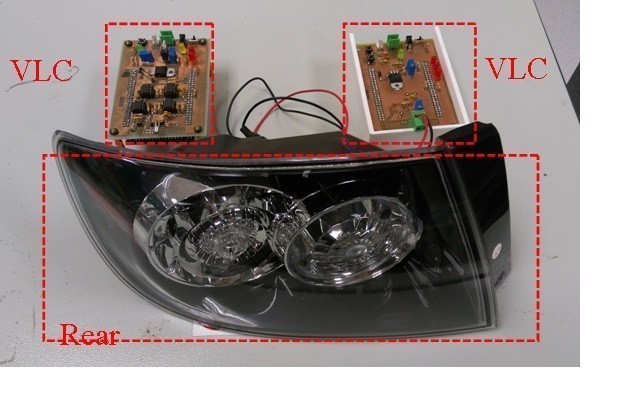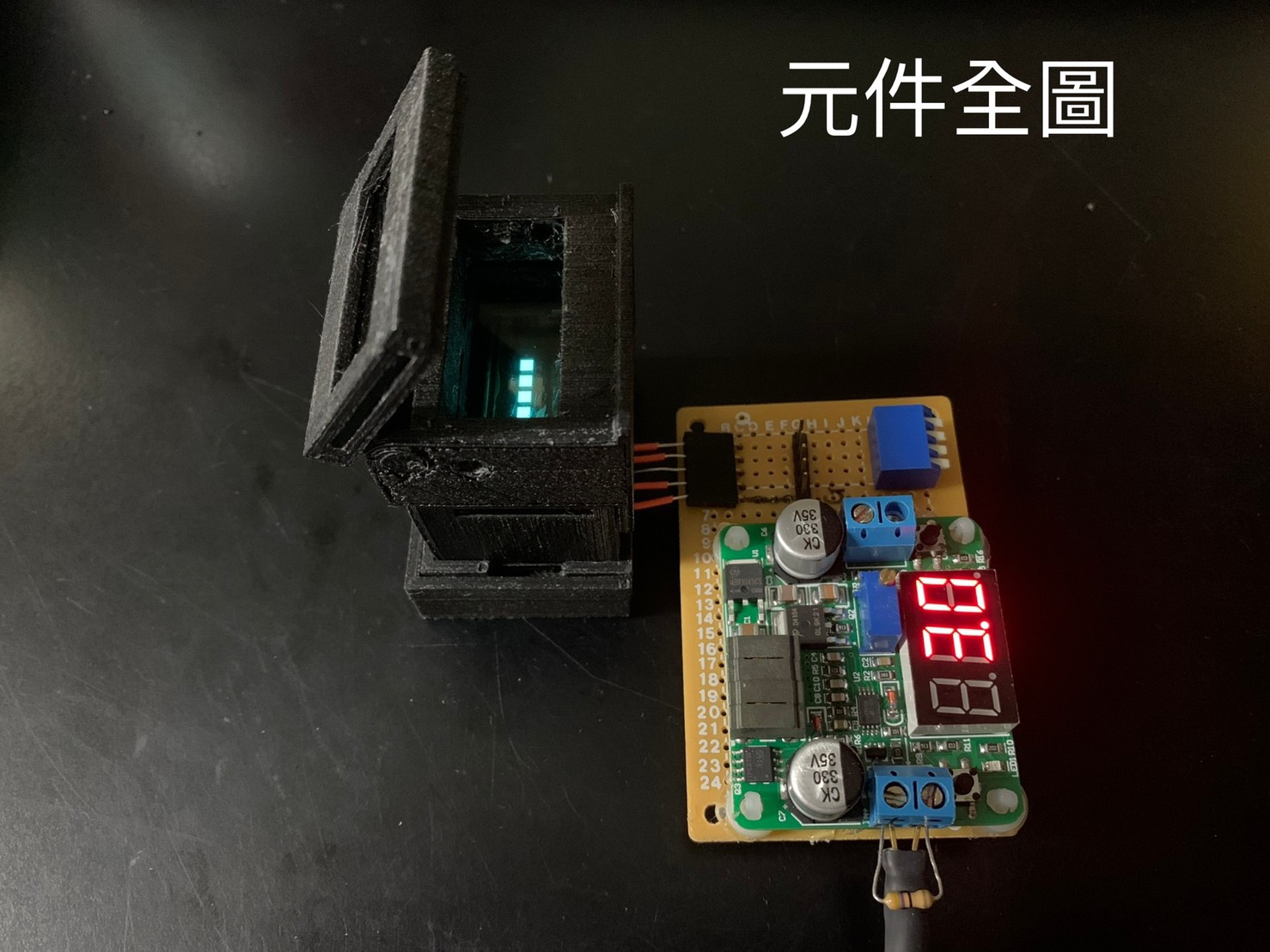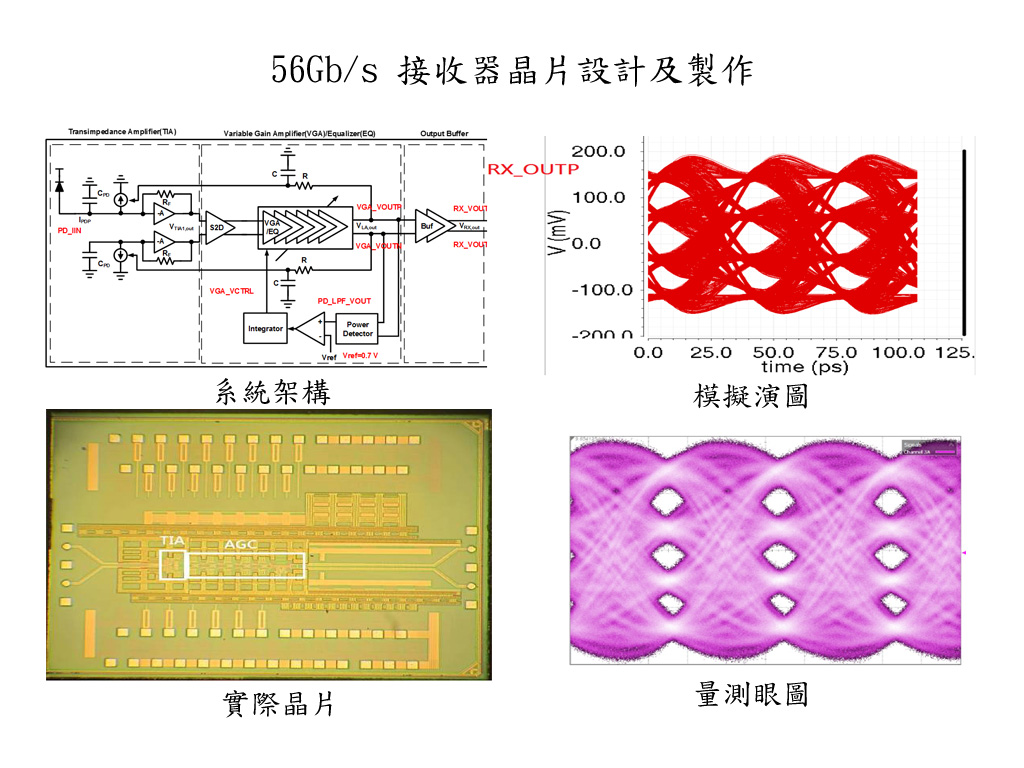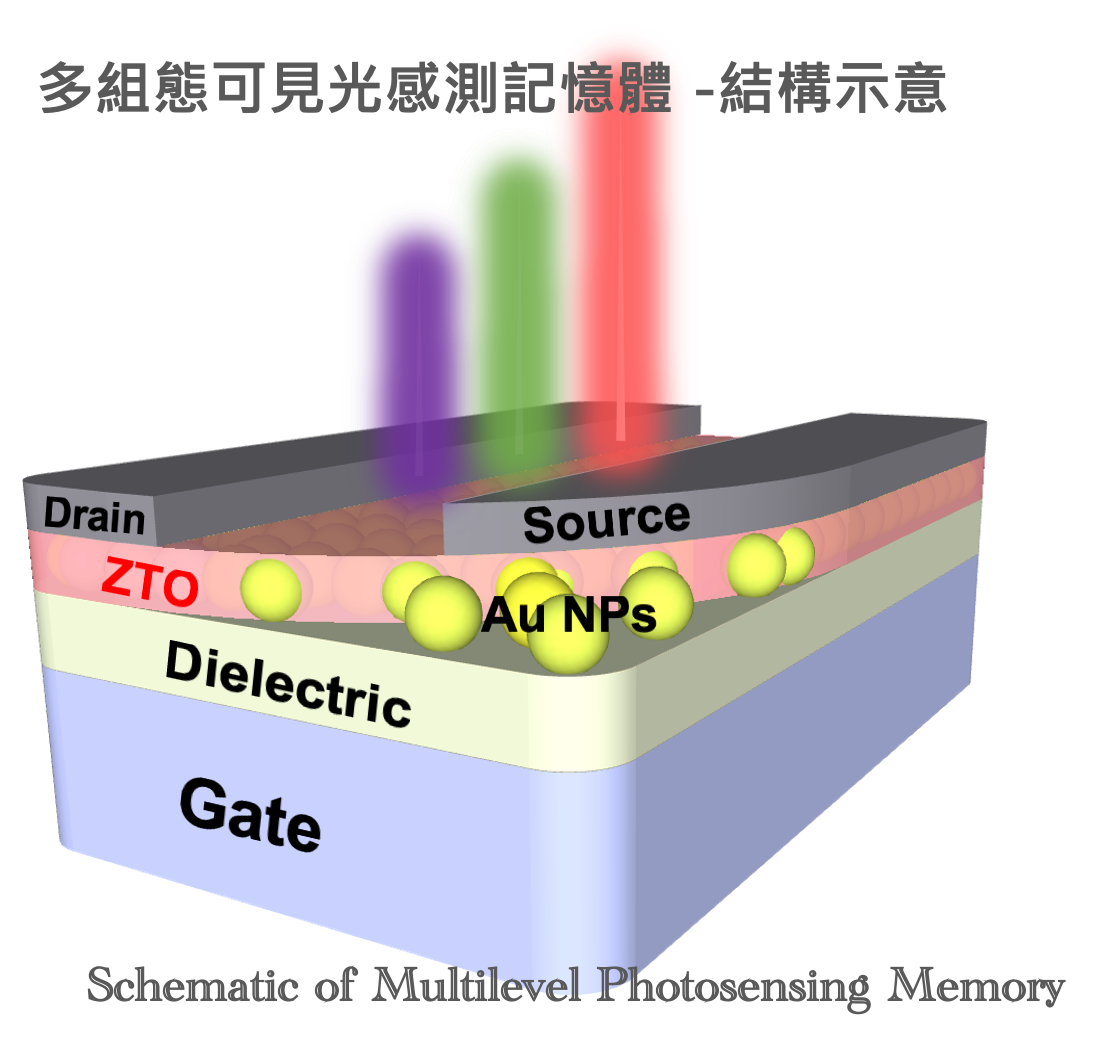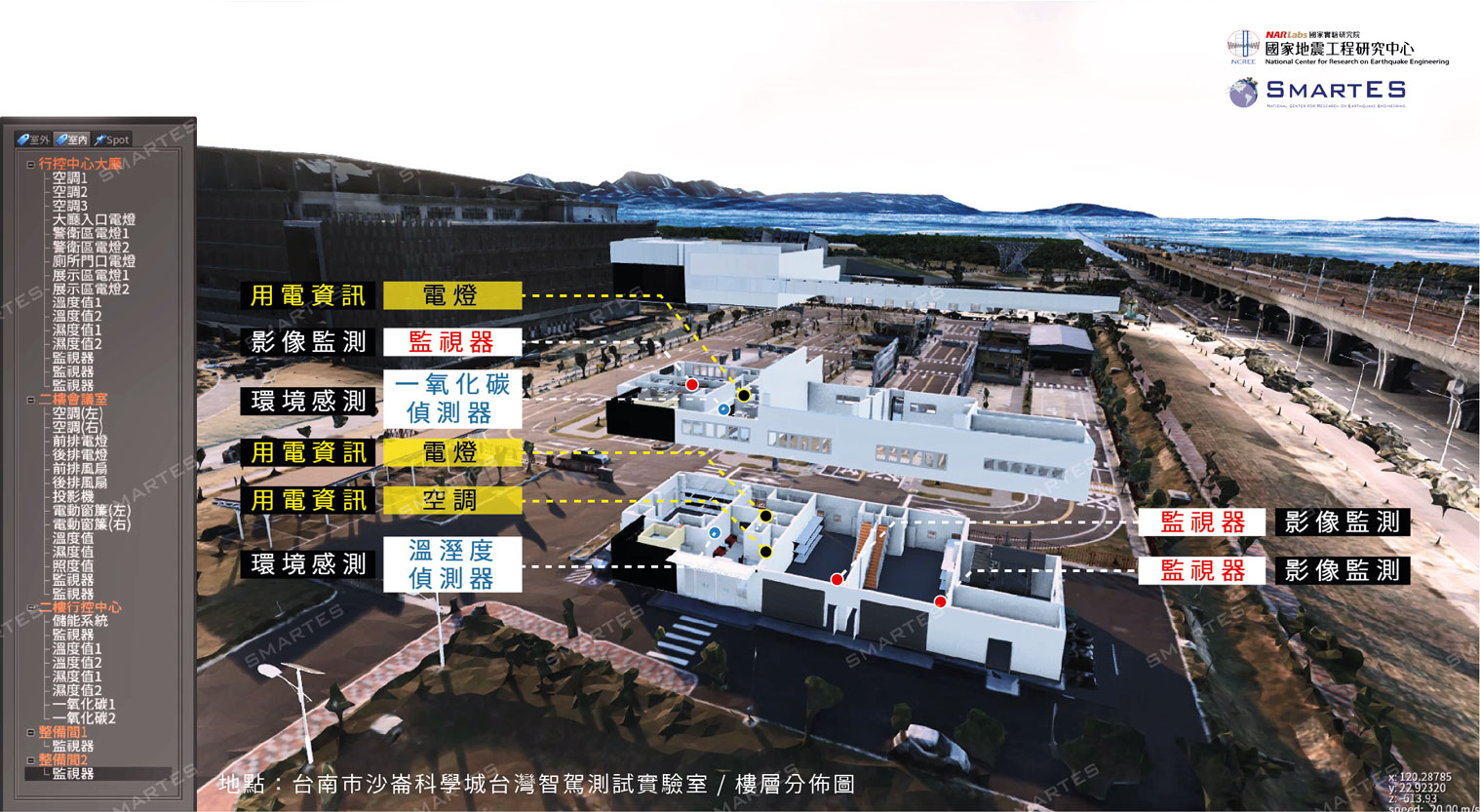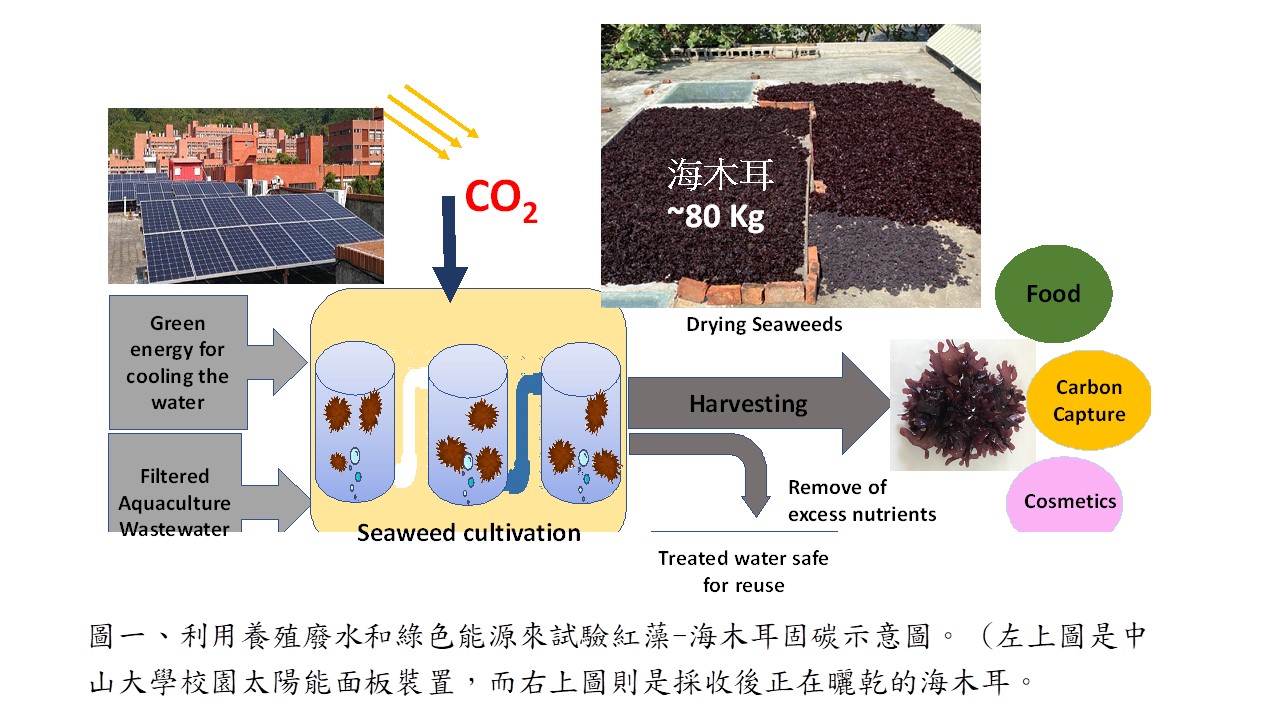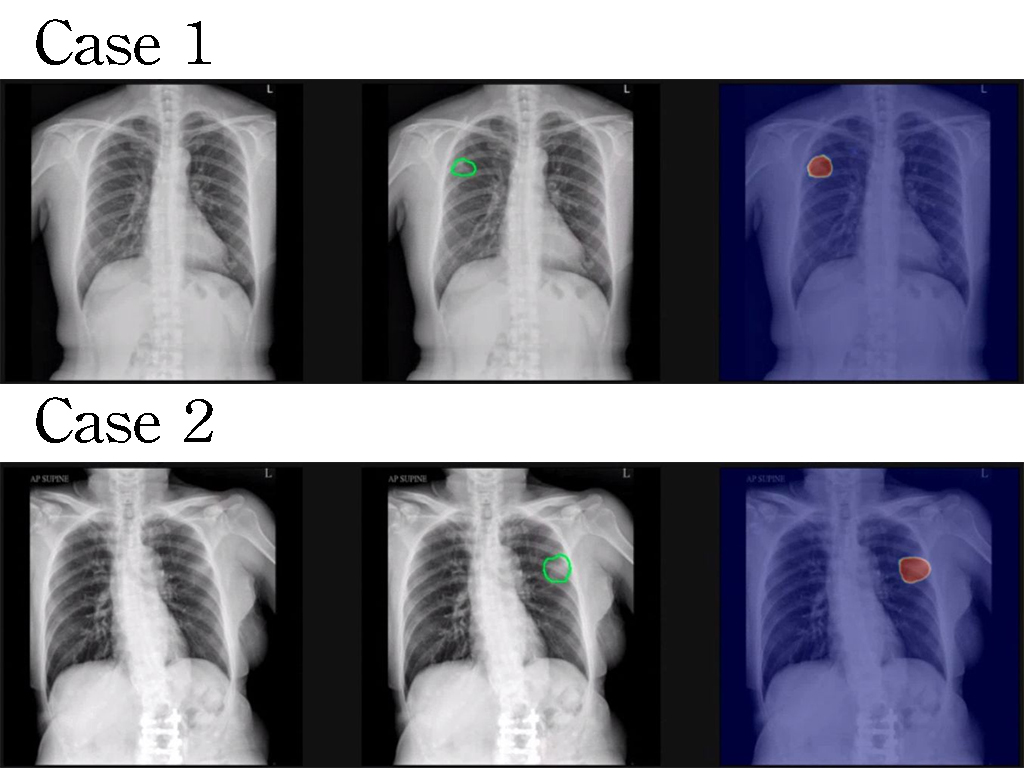| Summary |
"Visible Light Communication (VLC)" is the best candidate for the next generation of network communication owing to its wide bandwidthscompatibility with solid-state lighting devices. Our proposed technology features a novel multilevel photosensing memory which can integrate the photosensing, memorycomputation components for VLC into one device. This device is based on a thin film transistor, where the oxide semiconductor is added with gold nanoparticles to form a "co-active layer" in order to expand the visible light sensing spectrumefficiently convert the light signal into a current signal. It not only simplifies the production processreduces the cost, but also accelerates the signal transmission speed, which further advances the future mobile comm |
| Scientific Breakthrough |
This technology explores the state-of-art material interface engineering to develop a novel multilevel photosensing memory. The device uses zinc tin oxide as the semiconductor active layer of the thin film transistor, with gold nanoparticles embedded between the activedielectric layers. Based on the material selectioninterface engineering, the visible light sensing spectrum is expanded,similar to flash memory, the device can trapdetrap electrons by applying gate voltage. Therefore, it can respond to light signals of different wavelengthsintensities, resulting in a multilevel photosensing memory to enhance the visible light communication functionalities in the future.
|
| Industrial Applicability |
Aiming at the future "visible light communication" era, this technology proposes a novel structurelow cost multilevel photosensing memory that can directly sensestore visible light signals. This device is based on an oxide thin film transistor applied in commercial displays for controlling pixel switching therefore, it has a sufficient foundation for industrial implementation. With a proper circuit design, there will also be opportunities to perform “Computing-In-Memory” based on this device to accelerate the transmission signaldata processing speed, which has the promising potential for future communication applications.
|

